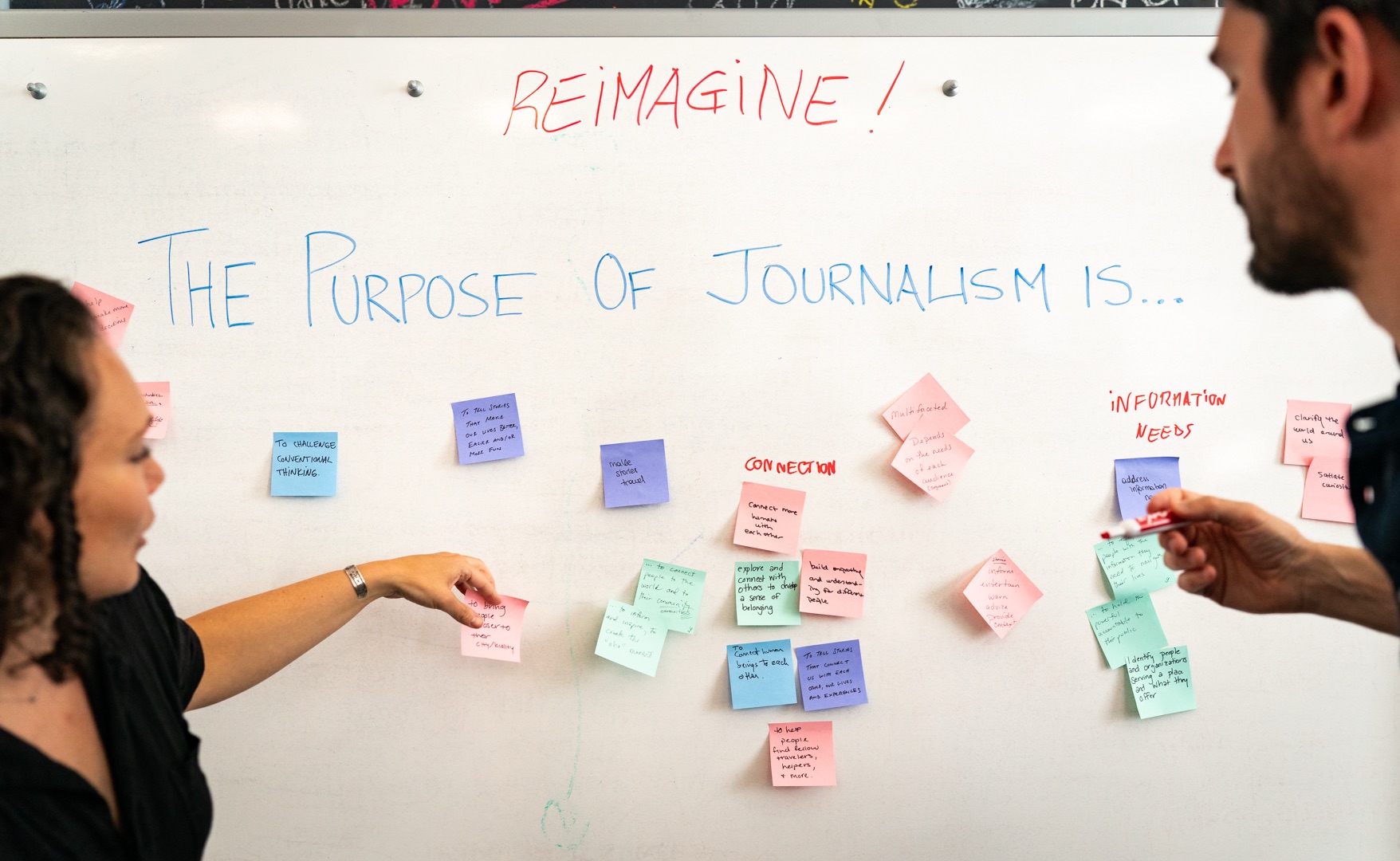This is my first NICAR, but someone mentioned that NICAR 2012 was “The Year of the Map”, with panels, tutorials, and discussion otherwise centered around new, exciting tools like Mapbox and Leaflet.
We invented new terms like BoyerMaps and used the rest of the year to make some incredible map-based news apps.
If NICAR 2013 has a theme among its divergent, widely varied sessions, it is the resurgence of an antiquated tool: the spreadsheet. From Tasneem Raja's tabletop.js session to Chase Davis's powerful session on exploratory data analysis, which used spreadsheet-compatible data in a csv, many of NICAR's speakers returned to the trusty spreadsheet and found new levels of power within it.
What truly makes the spreadsheet so powerful is how inclusive the use of spreadsheets, especially when done through Google, can be for the newsroom. Reporters with no technical skills understand spreadsheets. Reporters can contribute to spreadsheets. And as Tasneem Raja explained on Friday, spreadsheets are a great tool to explain how the structure of a data-driven news app is constructed.
After participating in their first app construction experience, Raja said, reporters began to understand what was possible for a news app. That is incredibly powerful. When reporters in the newsroom can not only help in the data gathering and reporting process but also contribute to the brainstorm and idea generation process constructively, we have succeeded. We have infected the newsroom. We are creating “inclusive story crafting.”
Among the conference's variance has been a certain divide between beginner-focused sessions focused on training and expert-level theoretical sessions focused on thinking and solving the problems that have arisen from news apps. As a developing developer, I found myself splitting time between both extremes, trying to gather new skills as well as enrich my already established skills. In the beginner sessions, I found myself surrounded by reporters trying to get a handle on something, anything that will help them understand the changes occurring in their industry.
Sisi Wei's Code With Me, Dave Stanton's For Journalism and internal initiatives such as those put on by the Chicago Tribune News Applications Team teach journalists how to code and try to bridge this gap of understanding. These are noble, worthy causes, and ones that can generate incredible impact in the newsroom. They are direct examples of programs that should exist not only at the professional level but also at the journalism school level.
But not every current journalist will learn how to code (though every future journalist *must*). And we need different ways to get them involved. Maybe instead of talking about total code literacy in the newsroom, we should be talking about the more general inclusive story crafting. How can reporters be included in our process, even if they cannot or will not learn how to code?
I am not prescribing the spreadsheet as the catchall solution. There are serious problems with rate limits on Google, and spreadsheet-based data leaves out more innovative ways of exploring data. But it is a *great* way to explain structure and allow reporters to do what they do best — report and research — and let news developers do what they do best — develop, design and iterate. Beyond that, the spreadsheet is accessible enough to everyone that reporters can contribute to the code, and developers can contribute to the reporting. They act as a mediator between two disciplines that have encountered friction. They make collaboration possible. Let's get more people involved with spreadsheets, and I bet we'll find more solutions once we do.
About the author
Tagged





